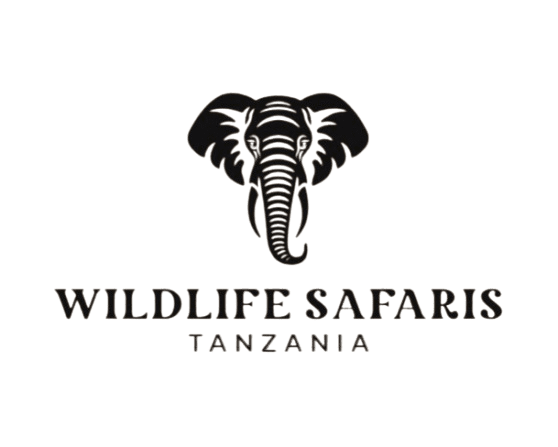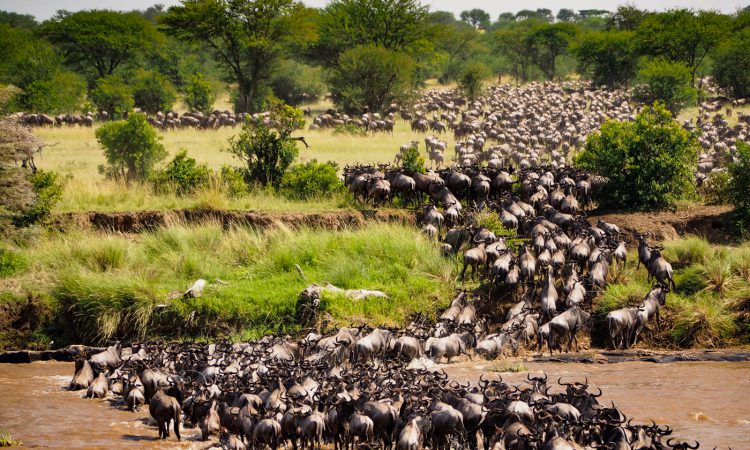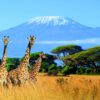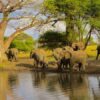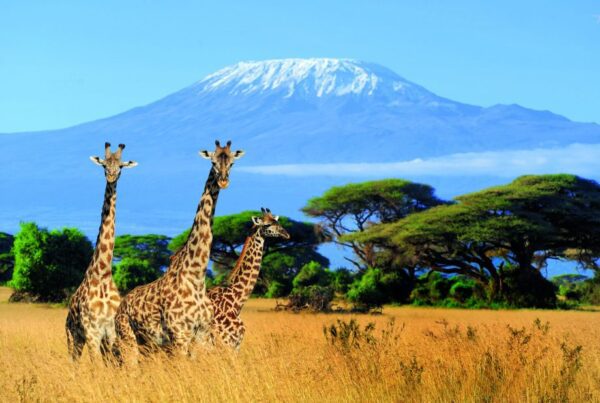The Best of Tanzania
Every visit in Tanzania is enchanting. Imagine a safari in the Serengeti or the Ngorongoro Crater, a visit to a local town, or a climb of Ol Doinyo Lengai, Kilimanjaro, or Meru. There is no shortage of things to do in Tanzania, thanks to its abundance of attractions. The five best things to do in Tanzania have been compiled by us.
1, Exploring the Great Migration Trail.
Large herds of zebras and wildebeests migrate north to south over the Serengeti each year. This migration is a direct outcome of their ceaseless quest for verdant pastures. Make sure to include this breathtaking event on your itinerary for Tanzania.
This occurrence is unfiltered and dictated by the elements, not by people. What this means is that things move at their own speed, especially in relation to the weather. Approximately 500,000 calves are born to animals in the Serengeti short-grass plains between the months of December and March, just before they depart.
After that, in May, when the drought begins, the herds go north. The crossing of the enormous Mara River by animals is another breathtaking sight, usually happening between the months of July and October. As a result of their daring ascent across the crocodile-infested river, they provide the kind of breathtaking photo opportunity that safari photographers dream of.
2. Zanzibar for Relaxation.
The Indian Ocean is home to the picture-perfect archipelago of Zanzibar. Nungwi and Kendwa, two of its premier beaches, are home to excellent spots for scuba diving and snorkeling. These two beaches are famous for their one-of-a-kind nightlife and have a plethora of beach resorts and cottages.
Allocate a whole day to explore Stone Town on foot. Persian, Arab, and Portuguese influences are evident in the town’s distinctive architecture. We suggest hiring a local guide who is familiar with the area. This knowledgeable native will fill you in on every detail, from the intricately carved doors and winding alleyways to the long-gone governmental structures.
Some visitors would rather go on an underwater adventure to get up close and personal with dolphins, whale sharks, and hammerhead sharks. If that describes you, then the Mafia and Pemba Islands are the places for you. On Zanzibar’s largest island, in the Mnemba Atoll, scuba diving is second to none.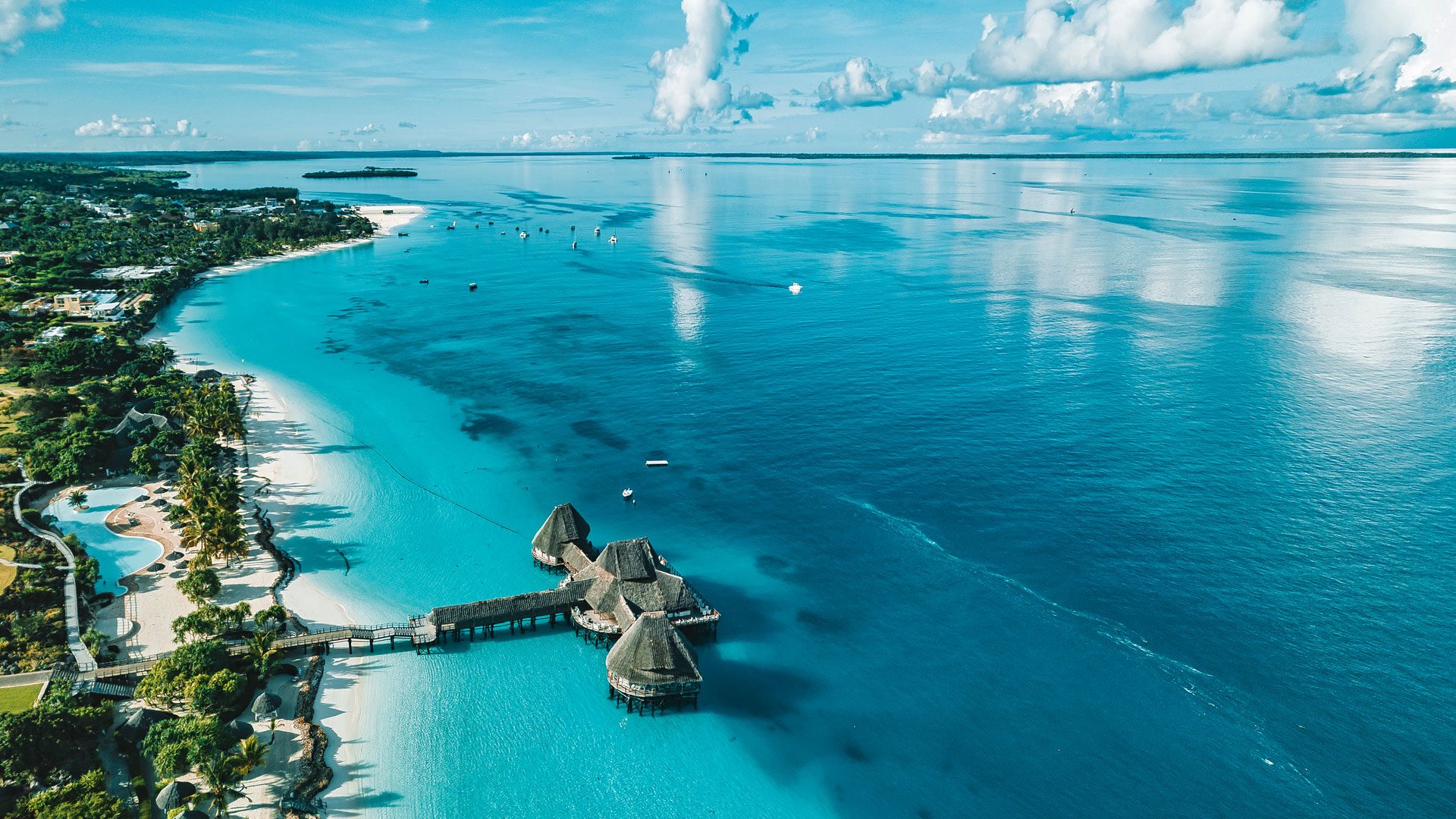
3. Trekking with chimpanzees.
It is in Tanzania that chimpanzees are found. Because to the loss of their natural habitat, the International Union for the Conservation of Nature has listed these animals as endangered. Two parks were subsequently designated on the eastern bank of Lake Tanganyika by the government in reaction to that. There are two national parks in the area; the first, Gombe Stream, was created in 1968, and the second, Mahale Mountains, in 1985.
Seeking for chimpanzees on foot in Gombe Forest or the mild wooded slopes of the Mahale Mountains is all it takes for a chimp expedition. The trip might take anything from one hour to three. We wager that your level of fitness is sufficient to enable you to persevere throughout this trek. We spend an hour observing these amazing creatures after we find their region, being sure to maintain a safe distance of at least 8 meters.
Permit fees for chimpanzee treks often amount to $100 per participant, each trek. Chimpanzee trekking isn’t the only thing to do here; you can also go deep diving, fish, or just rest on the beautiful beaches of Lake Tanganyika.
Mount Kilimanjaro ascent number four.
Without a doubt, Kilimanjaro is the top of Africa, standing at 5,895 meters asl. Among the many activities you should do while in Tanzania, hiking it is highly recommended. Near the town of Moshi in northern Tanzania is this dormant volcano. Kilimanjaro is not like other mountains that need technical climbing abilities; all it takes is a walk-up journey.
But many mountaineers have been unsuccessful due to altitude sickness. Give your body extra time to adjust to the higher altitude if you want to avoid this. You may climb Kilimanjaro via any of seven different paths: Marangu, Machame, Lemosho, Rangai, Shira, Umbwe, or the Northern Circuit. An unforgettable climbing adventure awaits you on each of these paths. The first two are great for newcomers because of their mild slope. Last but not least, the longest one, which was a huge success.
5. learning about the native ways of life.
The nation is home to more than 120 distinct tribes, the most well-known of which are the Hadzabe, Datoga, and Maasai. It is possible to visit a Maasai hamlet on a northern safari to learn about the locals’ way of life, including their clothing and traditional ceremonies. Livestock graze peacefully beside vicious predators in these societies. When grass is in short supply, they will occasionally make their way down into the Ngorongoro Crater to feed the cattle.
On the wooded edges of Lake Eyasi reside the Hadzabe. Without crops or cattle, they subsist only on hunting and gathering honey. You will learn ancient hunting techniques with the Hadza, including the use of bows and arrows, as well as how to collect honey and fruits. On the banks of Lake Eyasi, you may find the Datoga and the Hadza. Their blacksmithing skills are second to none, and they frequently create implements like as hoes, spears, arrows, blades, and jewelry.
That is all.
It’s done. Actually, Tanzania offers an abundance of activities. Your interests, the length of your trip, and your money will determine this. Still, we’re available to lend a hand while you plot out your next move. In a matter of seconds, our safari planners will have your package ready.
